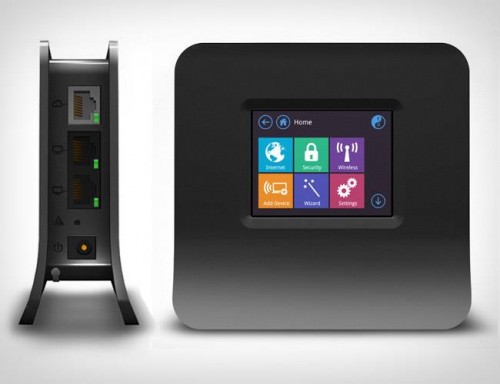rbmrtn
Thinks s/he gets paid by the post
That traceroute results would indicate it is on suddenlinks side, basically right after it leaves your premises. You can't even get past the first hop which is usually the gateway onto your ISPs network.
You need your ISPs tech support to investigate.
You need your ISPs tech support to investigate.
Last edited:



